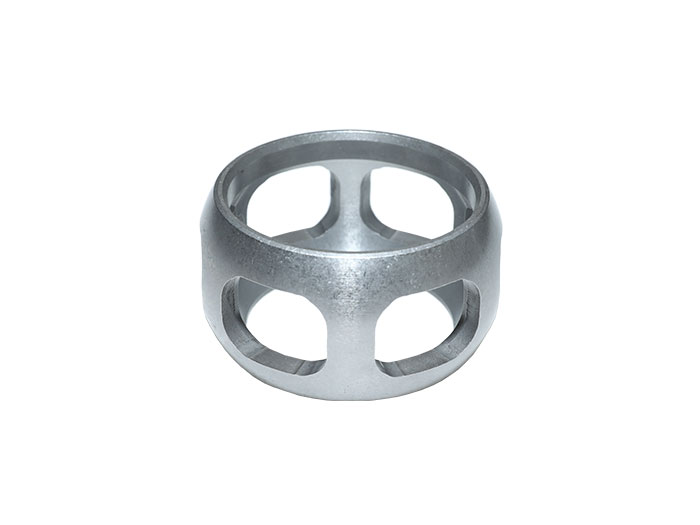Your vehicle's CV joint is one of the most critical components of your car's drivetrain. It connects the transmission to the wheels and allows power to be transmitted from the engine to the wheels. Within the CV joint, you'll find a small but vital component known as the CV joint cage. We will discuss what a CV joint cage is, how it works, and its importance in your vehicle's overall performance.
A CV joint cage is a component located within the CV joint that houses the CV joint balls. It's usually made of a strong metal material and is designed to keep the CV joint balls evenly spaced and prevent them from coming into contact with each other.

How Does a CV Joint Cage Work?
A CV joint cage works by holding the CV joint balls in place while also allowing them to rotate freely. When the CV joint rotates, the balls move around inside the cage, transmitting power from the engine to the wheels. The cage prevents the balls from rubbing against each other, which can cause damage and affect the performance of the CV joint.
Importance of a CV Joint Cage
The CV joint cage plays a vital role in your vehicle's overall performance. Without a properly functioning CV joint cage, the CV joint balls can rub against each other, causing significant damage that could lead to the failure of the CV joint. A failed CV joint can result in serious problems, such as loss of power to the wheels, strange noises, and even a loss of control of the vehicle. Therefore, it's essential to ensure that your CV joint cage is in good condition.
Signs of a Failing CV Joint Cage
If your CV joint cage is starting to fail, there are some signs that you can look out for. One of the most common signs is a clicking or popping sound coming from the front wheels when you turn. This sound is caused by the CV joint balls hitting against each other because the cage can no longer hold them in place.
Another sign is a vibration in the car, particularly when accelerating or turning. This vibration is caused by the uneven movement of the CV joint balls due to a damaged cage.
